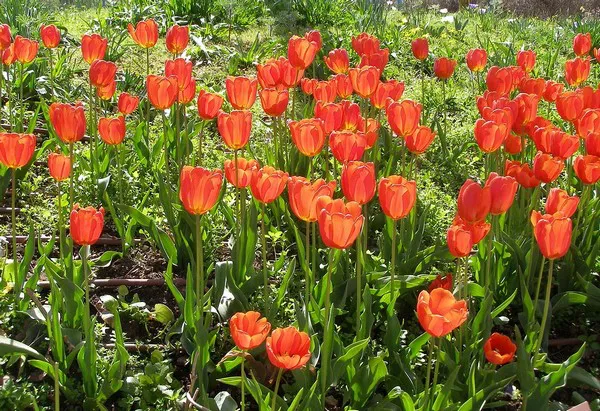In the picturesque South Downs national park, England’s ambitious biodiversity net gain (BNG) scheme is being put to the test. A field that was traditionally part of an arable cycle has now become a wildflower haven as part of a pilot project. Managed by Iford Estate farm near Lewes, East Sussex, this project is among five selected by the government for the BNG initiative. The scheme, set to officially launch this month in England, requires new construction projects to achieve a 10% net gain in biodiversity if nature is disrupted on-site.
Ben Taylor, the manager of Iford Estate farm, describes the initiative as “habitat banking.” Under these rules, if nature is disturbed due to development, developers must recreate a similar habitat, plus an additional 10%. The priority is to find space for nature on-site, but if not feasible, habitats are to be created elsewhere, preferably in the local area.
The Iford Estate farm serves as a potential model for the BNG scheme, showcasing the transformation of traditional farmland into wildlife havens. Taylor envisions converting two-thirds of the 3,000-hectare farm into BNG, generating units that could be sold for £25,000 to £30,000 each, amounting to over £75 million for a 30-year period. However, uncertainty looms over the initiative, as delays have raised concerns among researchers that it may be scrapped.
For farmers like Taylor, the scheme offers an opportunity to rehabilitate land unsuitable for traditional farming. Fertile areas will continue to be used for crop cultivation, while less fertile regions will be transformed into wildflower meadows, wetlands, and wildlife-friendly scrublands. Despite the potential benefits, selling land on an emerging market for such an extended period remains a gamble, with the outcome of the initiative still uncertain.


